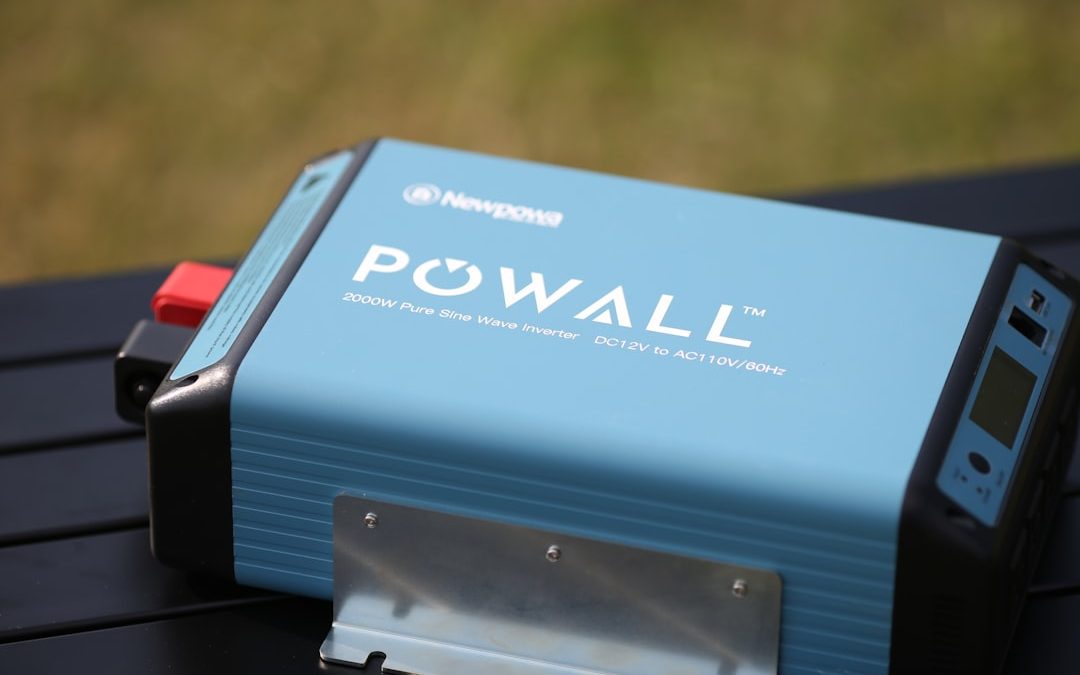Imagine you land on a webpage and within five seconds must decide whether it’s worth your time. Sounds familiar? That’s because it is. Whether you’re marketing a product, selling a service, or running a content-driven website, your landing page has only a few seconds to make an impression. This is why five-second tests have become an essential tool in the UX designer’s toolbox.
In this article, we’ll explore the strategy and science behind five-second tests, break down why they work, and give you tried-and-tested methods to run them so you can improve your landing page’s performance dramatically.
What Is a Five-Second Test?
A five-second test is a form of usability testing where a participant views a web page (most commonly a landing page) for just five seconds, then answers a series of questions about what they understood or remembered. The idea is to capture initial impressions and gauge how effectively the page communicates its core message.
These tests are most commonly used for:
- Testing headlines and key messaging
- Evaluating visual hierarchy
- Understanding audience perception
- Improving conversions through clarity
Because the human brain processes visuals 60,000 times faster than text, understanding what your users see—and more importantly, what they retain in those crucial first five seconds—is fundamental to landing page success.
Why Are Five Seconds So Important?
Research suggests users form first impressions within 50 milliseconds—roughly 0.05 seconds. But five seconds offers a slightly more forgiving timeframe, enough for users to scan the headline, an image, and one or two design elements. Within this timeframe, visitors decide:
- Whether your site looks trustworthy
- If your value proposition is clear
- Whether they want to explore further
It’s like walking past a street vendor or a shop—you either stop and browse or keep walking. Your goal is to have users stop, engage, and click. Five-second tests help you optimize for that precise moment.
How Do You Run a Five-Second Test?
Running a five-second test is relatively straightforward, but doing it well requires planning and precision. Here’s a step-by-step breakdown of how to conduct effective five-second testing:
- Select Your Page or Mockup
You can test a live landing page, a static image, or a mockup. Ensure it reflects the actual design and content as closely as possible. - Find the Right Audience
Recruit participants who match your target audience profile. Tools like UsabilityHub, Maze, or PlaybookUX can help find testers based on demographics. - Show the Page for Exactly Five Seconds
Ideally using online tools that control the display time automatically. Manual methods (e.g., asking someone to count in their head) aren’t as reliable. - Ask the Right Questions Post-View
After the brief exposure, ask open-ended questions like:- What do you think this page is about?
- What stood out to you?
- What do you remember seeing?
- What would you do next if you were interested?
- Analyze the Responses
Look for consistency (or the lack of it) in interpreting your page’s core message. If users can’t even guess your value proposition, it’s time to reevaluate your content and layout.
What Makes a Five-Second Test Successful?
We’ve all visited landing pages that are visually beautiful but verbose and confusing. Five-second tests help cut through the aesthetic appeal and surface the true communicative power of your page.
Here’s what successful five-second tested landing pages tend to have in common:
- Clear Headline – It should instantly tell the user what you do or offer. No jargon or buzzwords.
- Focused Visual Hierarchy – Don’t clutter. The most important elements should have the most visual weight.
- Relevant Imagery – Images should support and not distract from your main message.
- CTA Visibility – Users should know exactly where to click next.

Ultimately, the goal isn’t just to pass the five-second test but to use it as a feedback loop during your design process.
Real-World Applications and Case Studies
Let’s discuss a few use cases where five-second tests made a substantial difference:
Case Study #1: SaaS Home Page Simplification
A small SaaS business was dealing with high bounce rates on their pricing page. Using a five-second test, they discovered that customers couldn’t tell what the service did—even after staring at the homepage for several seconds. By modifying the headline from “Integrate Your Workflow with Seamless AI Tools” to “Automate Your Daily Tasks in Minutes, No Coding Required”, comprehension scores jumped by 32% and bounce rates dropped by 15%.
Case Study #2: E-commerce Trust Design
An online store tested several landing page variations with five-second tests and found that customers consistently failed to notice the testimonial section. They relocated this section above the fold and emphasized customer logos. As a result, user trust went up, reflected in increased add-to-cart actions.

Best Practices for Effective Five-Second Testing
Five-second tests deliver the best insights when they’re structured well. Here are some additional tips to make your testing more impactful:
- Don’t overload participants with too many questions. Keep it simple—3 to 5 questions are enough.
- Use qualitative and quantitative evaluations. For example, mix short-answer responses with rating scales for clarity, trust, or visual appeal.
- Iterate, don’t stagnate. A poor result isn’t a failure—it’s a guide to optimize. Test, tweak, retest.
- Test early and often. You don’t need a fully finished site to test. Wireframes and mockups provide equally valuable feedback early in the design process.
- Context matters. Let users know what kind of page they’re viewing: “Imagine you searched for a way to track your daily tasks—here’s a landing page you landed on.”
Limitations of Five-Second Tests
While incredibly useful, five-second tests aren’t a one-size-fits-all solution. They won’t tell you:
- How users interact with the page over time
- Whether long-form content is being read
- The effectiveness of deeper funnel elements like pricing tables or comparison pages
Pairing these tests with heat maps, click tracking, and A/B testing creates a more comprehensive picture of overall user behavior.
Conclusion: Start With Clarity
In an age where users are bombarded with content, your landing page needs to be crystal clear almost immediately. Five-second tests serve as a powerful method to cut through the noise and identify what truly works at first glance.
Whether you’re launching a new campaign, giving a page a facelift, or just trying to better understand your visitors, five-second tests provide actionable insights with minimal investment. A five-second test might feel small, but its impact can be huge—not just in conversions, but in creating seamless, user-centric design.
So before you launch that next landing page, ask yourself—if someone only looked at this for five seconds, would they get it?
yehiweb
Related posts
New Articles
Best 17-Inch Laptops
For power users, creative professionals, gamers, and multitaskers, a 17-inch laptop can provide the expansive screen real estate and desktop-like…


